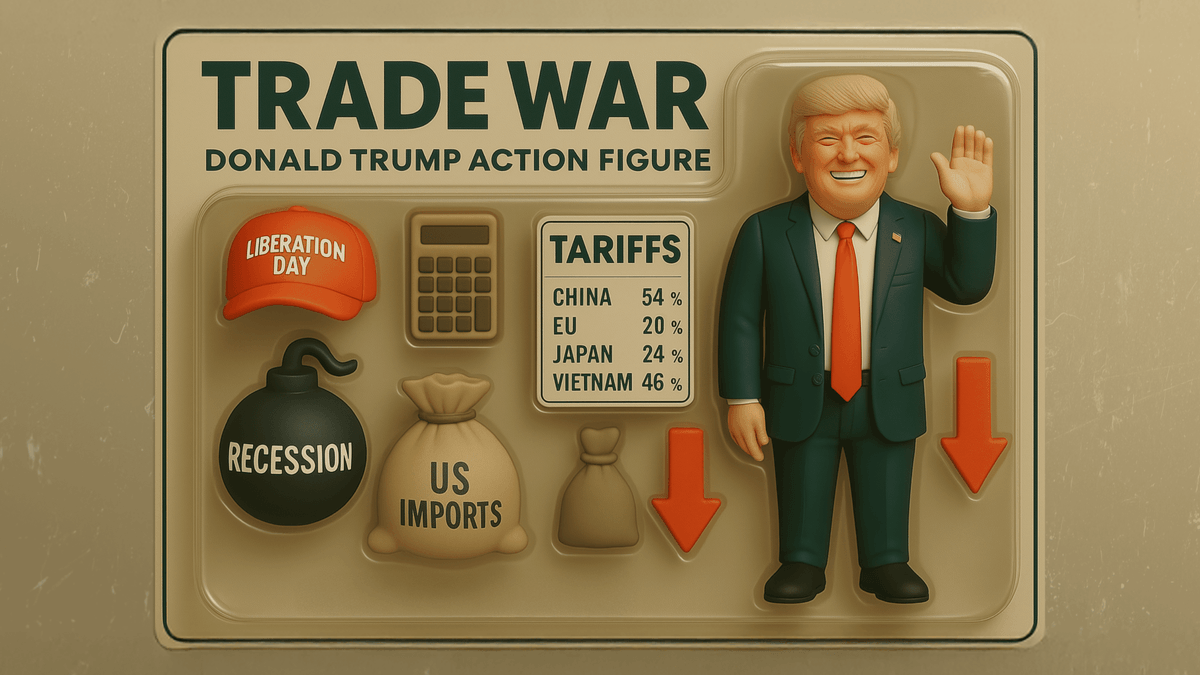
달러 약세

팬데믹은 경제 구조뿐만 아니라 경제 이론도 바꿔 놓았습니다. 기존 모델은 현재 상황에 적용될 수 없습니다. 높은 부채 대 GDP 비율, 대규모 경기 부양 패키지, 양적 완화 전략, 수요 감소, 산업 생산 감소 등 안정적인 경제의 모든 지표가 심각한 혼란에 빠져 있는데도 주식 시장은 호황을 누리고 있습니다. 가까운 미래에 무엇을 기대할 수 있을까요? 기술 주식에 올인해야 할까요? 최고의 헤지 전략은 무엇일까요?
돈을 찍어내는 기계는 몇몇 기술 가치에 의해 주도되는 주식 시장에 부풀려지고 있습니다. 실물 경제의 자금 흐름은 수요가 감소하기 때문에 소비자 가격 상승으로 자동적으로 이어지지 않으며, 이는 디플레이션 현상을 의미합니다. 선진국은 은행이 새로 발행된 증권이 수익률을 지불하지 않더라도 정부 채권을 매입하기 때문에 더 많은 부채를 발행할 수 있습니다.
한 가지 측면을 제외하고는 모든 것이 잘 보입니다. 세계화된 외환 시장에서 투자자들은 대량 인쇄를 거친 통화를 공매도할 수 있습니다. 미국 달러는 이미 유로에 비해 지속적인 가치 하락을 경험하고 있습니다. 신흥 통화가 현재 글로벌 위기의 진정한 승자가 될 수 있습니다. BRICs 정부(브라질, 러시아, 중국, 인도)는 돈을 뿌리는 사치를 누릴 수 없습니다. 따라서 신흥 통화의 공급이 부족하여 주요 통화에 대한 환율이 강세를 보이고 있습니다.
주요 주식 시장의 현재 상승세는 신중하게 해석해야 합니다. 주요 통화가 마이너스 영역으로 진입하면 매수 후 보유 전략은 상당한 위험을 안고 있을 수 있습니다. 신흥 통화에 투자하는 것은 주식 중심 포트폴리오에 대한 효과적인 헤지가 될 수 있습니다.

미국 달러는 연방 준비 제도 이사회의 차용증입니다. 실제로 아무것도 약속하지 않는 약속 어음입니다. 금이나 은으로 뒷받침되지 않습니다. P. J. O'Rourke, 미국 정치 분석가이자 저널리스트.
시장 개요

유가는 11월 초 이후 강력한 반등을 보였습니다. 러시아의 지원을 받은 OPEC의 원유 생산 감축 전략이 효과를 발휘하는 것으로 보이며, 브렌트유는 3월에 손실된 일부 영역을 회복했습니다. 화이자와 모더나 백신이 효능을 입증한다면 브렌트유는 50달러 이상에서 지지를 받을 가능성이 높습니다.
변동성은 여전히 상대적으로 낮은 수준이며, 단기적으로 체제 전환의 징후는 없습니다. 바이든의 공식 취임 이후 시장에 더 많은 신호가 들어올 수 있습니다.
외환:
중국 위안

전 세계가 새로운 코로나바이러스 팬데믹을 해결하기 위해 고군분투하는 동안 중국에게 이번 사태는 이미 지나간 일입니다. 중국 경제는 3분기에 거의 5% 성장한 반면, 다른 선진국들은 장기간의 봉쇄 조치로 어려움을 겪고 있습니다.
흥미롭게도 중국 중앙은행은 돈을 찍어내는 전략을 선택하지 않았습니다. 따라서 중국 위안-달러 환율은 여름 초부터 지속적인 양의 추세를 보였습니다. 이 추세는 미국 돈을 찍어내는 기계의 속도에 비례합니다.
중국 통화는 2021년에 긍정적인 전망을 가지고 있습니다. 팬데믹이 경제를 저해하는 세계적인 상황에서 중국은 선두적인 위치를 강화할 것입니다.
외환:
러시아 루블

미국과 EU가 동부 우크라이나 분쟁 발발과 함께 러시아 연방에 대한 첫 번째 제재 조치를 가한 이후 루블은 변동성이 심했습니다. 러시아 중앙은행은 지난 5년 동안 국제 시장에서 상당한 양의 금을 매입하여 루블을 안정시키기 위해 필사적인 노력을 기울였습니다.
COVID-19가 여름에 러시아를 강타했을 때 모스크바는 양적 완화를 시행할 수 있는 선택지가 거의 없었습니다. 러시아 GDP는 선두적인 유럽 경제에 비해 낮은 수치인 3% 감소할 것으로 예상됩니다. 따라서 향후 1년 동안 루블-달러 환율이 상승세를 보일 가능성이 높습니다. 그러나 바이든 행정부가 러시아에 대한 새로운 제재 조치를 준비한다면 루블은 타격을 입을 것입니다.
포커스:
Loop Industries

Loop Industries는 나스닥에서 최고점을 지난 것으로 보입니다. 플라스틱 재활용 기술을 혁신한다고 주장하는 이 회사는 전 세계 주식 시장의 상승세 속에서 또 다른 큰 하락을 경험했습니다. 금융 포렌식 조사 회사인 Hindenburg Research는 이번 주 Loop에 대한 또 다른 보고서를 발표했습니다. 이 보고서는 캐나다 회사가 자사 전략을 뒷받침할 관련 증거를 제시하지 않았다고 강조합니다. Loop Industries의 전망은 좋지 않습니다.
암호화폐:
이더리움

암호화폐는 너무 많고 비트코인을 제외하고는 모두 쓸모없습니다. 이 말은 이전 버블 이후로 반복적으로 들었습니다. 이 말이 사실일 수도 있지만, 대부분의 블록체인 혁신이 이더리움을 중심으로 이루어지고 있다는 사실을 잊어서는 안 됩니다. 상품 선물 거래소의 선두 주자인 CME Group은 2021년 2월 이더 선물 출시를 발표했습니다. 이는 주요 금융 기관이 이더에 대한 전략적 투자 활동을 개발하는 데 관심이 있다는 명확한 신호입니다. 따라서 시가 총액 기준으로 두 번째 암호화폐인 이더리움은 새해에 유망한 출발을 할 수 있습니다. 현재 이더리움은 비트코인과의 경쟁에서 뒤처지고 있지만, 버블이 터지면 투자자들은 우선순위를 재고할 수 있습니다.
시장 전망
다우존스는 11월 상승세에서 얻은 이익을 유지하고 있으며, 30,000달러 이상에서 한 주를 마감했습니다. 예상되는 경기 부양 패키지는 시장에 지지를 제공했습니다. 예상대로 금은 영역을 회복했으며, 연말까지 긍정적인 추세를 이어갈 것으로 예상됩니다.
비트코인은 버블에 진입하고 있으며, 가격이 23,500달러를 넘어섰습니다. 비트코인 신봉자와 기관 투자자들은 비트코인이 확장될 가능성을 보고 이례적인 상승세에 크게 기여했습니다. 시장에는 투기꾼도 많기 때문에 다음 주 초 기술적 매도로 인해 소폭 조정이 예상됩니다.










일반적인 면책조항
이 콘텐츠는 정보 제공을 목적으로 하며, 재정적 조언이나 매매 권유를 구성하지 않습니다. 투자에는 자본 손실의 위험을 포함한 위험이 따릅니다. 과거의 성과는 미래 결과를 보장하지 않습니다. 투자 결정을 내리기 전에 재무 목표를 고려하거나 자격을 갖춘 재무 상담사와 상담하십시오.
이 내용이 유익하다고 생각하셨나요?
아니요
어느 정도
좋음




%2FfPNTehGpuD8BdwDeEEbTF2.png&w=1200&q=100)
%2FgRTFfWwPmcWyE8PFfywB82.png&w=1200&q=100)

%2FAD2MfhoJXohkTgrZ5YjADV.png&w=1200&q=100)

%2FjjqkumDfGjhNxroL253Hc4.png&w=1200&q=100)

